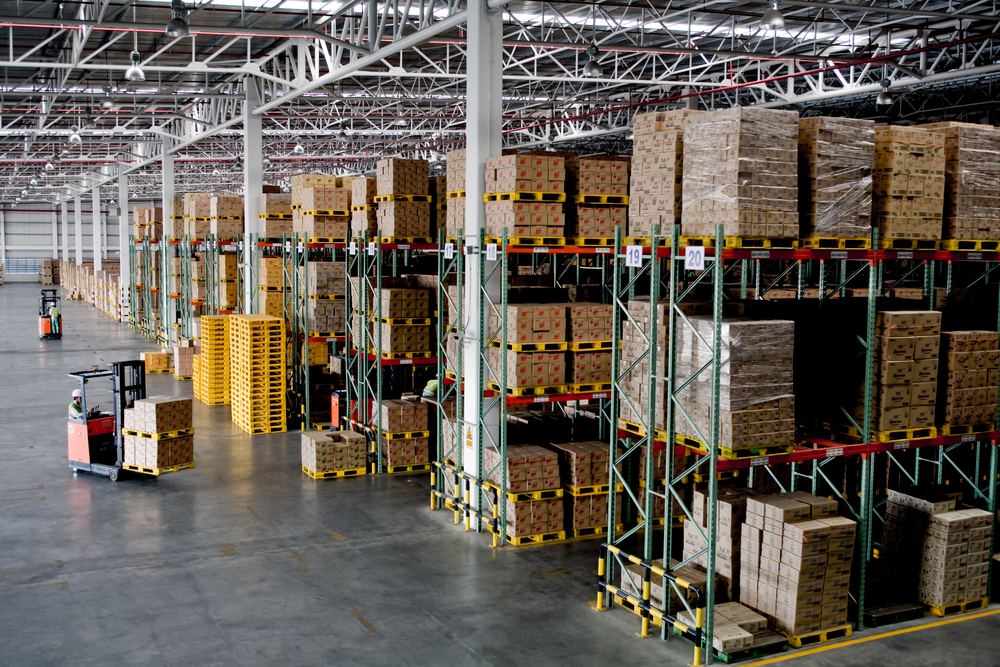Thank you so much to everyone who attended our second Barcoding Huddle—we had some lively discussions around warehouse maturity and attendees heard directly from experts at both Barcoding and Zebra Technologies. If you weren’t able to attend the event, or just want to check out a recap of what we covered, keep reading for some highlights and a chance to watch the recording.
FEATURED SPEAKERS
This discussion was led by Jody Costa, Barcoding’s VP of Marketing. Joining her were:
- Mark Wheeler of Zebra. Mark supports the Zebra sales team as a Warehousing subject matter expert and guides the company’s supply chain execution strategy
- Amanda Hoenig of Zebra, who leads marketing strategy for the manufacturing and TNL vertical in North America
- Keri Corbin, Barcoding’s Vice President of Client Solutions, responsible for product and managed services
THE TOPIC: WAREHOUSE MATURITY
The Huddle started with a discussion about what the pandemic has meant for the warehousing distribution and logistics sector and what changes we can expect going forward.
The pandemic has exacerbated what was already a tough situation: more online shopping, and more goods being transported, stored, and delivered. This is forcing companies to look at automation “not as a kind of nice-to-have, but as a must-have.”
Zebra’s Warehouse Maturity Model helps organizations plan for the technologies that will help them get the right data and insights, no matter where they are in the life cycle (read more about this below).
Supply chain professionals are looking at all the recent developments and asking, “Is this the new normal?” And many retailers are replying, “If so, do I have the right distribution network for this new world?”
THE ISSUE OF LABOR
Most warehouses today are looking at about a 35% turnover rate. Yet even before the pandemic manufacturers and others were struggling to get the labor they needed to keep lines moving, and they were reaching out aggressively for automation alternatives because the labor just wasn’t always there.
The discussion turned to the ways sensor technologies could solve for labor gaps, and help attract, train, and retain workers. The right technologies not only make each worker more productive, but they might also be more content in their roles using today’s intuitive tools (like Android)—tools they know how to use and are comfortable with.
ZEBRA’S WAREHOUSE MATURITY MODEL
Zebra’s Warehouse Maturity model is a strategic framework that helps organizations do more, and do more right.
The model was conceived to help address the challenges of increasing complexity, labor shortages, and uncertainty around which technologies are right for specific challenges companies face, today and in the future.
IN A NUTSHELL, THE PHASES OF THE MODEL BREAK DOWN LIKE THIS:
The companies in Phases 1 are considering mobile technology only to assist with transactional data. Their volume is low, complexity is low, and they simply want to achieve greater control (they’re not at the point where they’re concerned about optimizing each experience).
Companies in Phase 2 have higher volumes and more complexity, and that complexity comes from pressures like industry regulations, high SKU count, temperature requirements and others. Here we may be looking at optimizing mobility tools as the company goes forward into latter phases.
As complexity increases, companies find themselves in Phase 3. This is where most get started with RFID (for example, Bluetooth low energy might be used to solve a specific point problem). SmartPack Trailer load planning solution from Zebra is a perfect example of that.
In Phase 4, companies are extending their technologies over a large part or the entire facility, more fully leveraging true real-time sensor-based technology for optimum benefit.
Phase 5. As companies move up into the more advanced phases they’re expanding automation, bringing assets to life with sensors, as well as orchestration of all these devices to capture more (and better) data and use it for deeper, more valuable insights.
During the discussion of the phases, we talked about what a company in each phase is facing, what they can expect in the next, what their goals should be, and what technologies are most useful to them.
Some of the questions we answered during the Huddle:
- Where are there the greatest opportunities to improve using sensor-based technologies?
- What about the people at “Phase Zero”—those who haven’t started their automation journey. Where do they begin?
- Windows Mobile is at the end of life; what changes and benefits can we anticipate with Android? What’s the timeframe for getting it up and running?
- When it comes to the Warehouse Maturity model, should everyone plan on moving to Phase 5?
- With more technology, what will we face in terms of increased security issues?
In wrapping up, our speakers talked about the need to use the model as a way to “start fresh.” In other words, don’t close off opportunities for your business by trying to figure out how the model can help you improve what you’re already doing; use it to look at your business as a “clean slate.” As you consider the phases, ask yourself, “Knowing what I know about the phases and available technologies, how could I do things differently starting today?”


